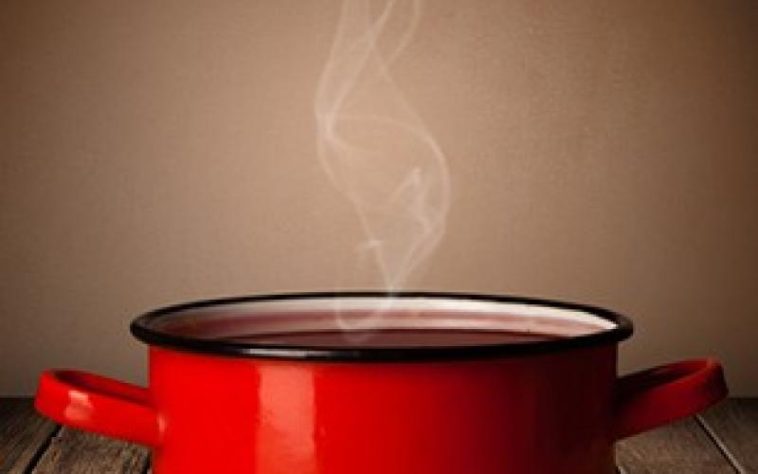Whether you like your potatoes hashed, mashed, baked, broiled, crinkle cut or barbecued you are going to need to use energy to cook those spuds, but just how you accomplish this task has a lot to say about the energy footprint of your home-cooking.
Cooking is a part of daily life. While many hours are spent determining whether we want pasta or casserole, cooking on a stove or in an oven usually does not factor into our decision-making. However, evidence suggests that it should.
A team of researchers from the University of Arkansas evaluated the current state of energy efficiency during household cooking in developed countries and made policy recommendations based on the findings.
Food production constitutes 8 to 16% of the total national energy consumption in the US. Cooking accounts for 20% of consumers’ energy use. Refrigeration and dishwashing evenly split the remaining energy demand.
Please Continue Reading in the next page ( > )




GIPHY App Key not set. Please check settings